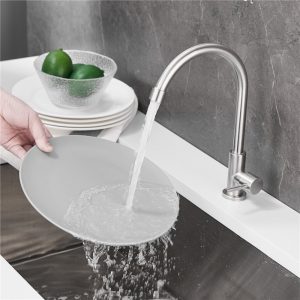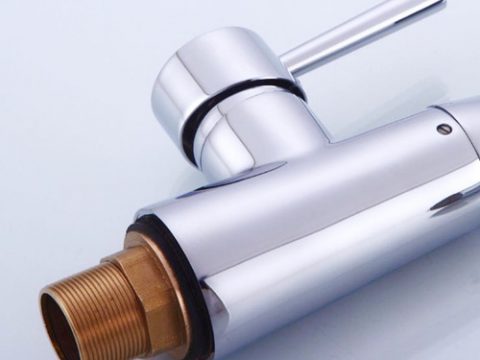- Contact us now!
- +86 18868944843
- ken@nbthe.com
Wool socks from farm to feet
“Wool socks from farm to feet” refers to the process of producing and manufacturing wool socks, starting from the wool sheared from sheep on a farm to the final product being worn on people’s feet. Let’s go through the steps involved in this process:
- Woo

 l Production: The journey begins on a sheep farm where sheep are raised for their wool. Sheep are typically sheared once a year, and this wool is the primary raw material for making wool socks. Shearing is a skilled process done carefully to ensure the sheep’s well-being.
l Production: The journey begins on a sheep farm where sheep are raised for their wool. Sheep are typically sheared once a year, and this wool is the primary raw material for making wool socks. Shearing is a skilled process done carefully to ensure the sheep’s well-being. - Sorting and Cleaning: After shearing, the wool is sorted according to its quality and color. The fibers are also cleaned to remove dirt, grease (lanolin), and other impurities. This step prepares the wool for further processing.
- Carding: Carding is the process of combing the wool fibers to align them in a parallel arrangement. This helps in creating a more consistent and uniform yarn.
- Spinning: The carded wool is spun into yarn. The spinning process twists the fibers together to form a strong and cohesive yarn suitable for knitting or weaving.
- Dyeing (Optional): If colored wool socks are desired, the yarn can be dyed at this stage to achieve the desired color or pattern.
- Knitting or Weaving: The spun and potentially dyed yarn is now used to knit or weave the wool socks. Knitting is the more common method, as it provides elasticity and comfort. The socks are shaped, and additional features like reinforced heels and toes can be added.
- Quality Control: Throughout the manufacturing process, quality control checks are performed to ensure the socks meet the desired standards for comfort, durability, and appearance.
- Packaging and Distribution: Once the socks pass the quality control checks, they are packaged and prepared for distribution to retailers or consumers. This step involves tagging, boxing, and arranging the socks for shipment.
- Retail or Online Sale: Finally, the wool socks are made available for purchase either in physical retail stores or online. Consumers can now buy these socks and wear them to enjoy the warmth and comfort of wool on their feet.
The “farm to feet” concept emphasizes a transparent and locally-sourced supply chain, where the entire production process is kept as local as possible, from the sheep’s farm to the finished socks. This approach aims to support local farmers and businesses while reducing the environmental impact associated with global supply c
s.





